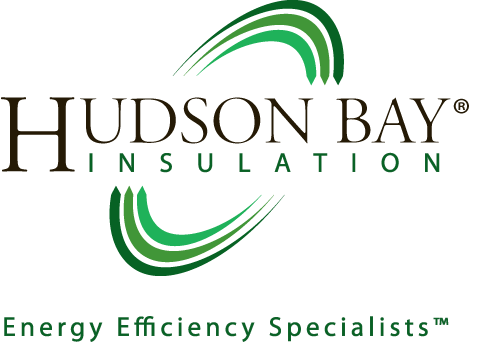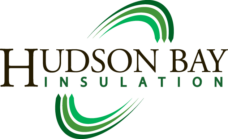
02-18-25 Tool Storage Safe Practices
Today, we’re discussing a real workplace injury that occurred at our company in December 2024, highlighting the critical importance of properly securing tools after use. By reviewing what happened, we can identify key takeaways to prevent similar incidents in the future and ensure a safer work environment for everyone. Let’s dive in and learn how small actions – like properly securing our tools correctly- can make a big difference in workplace safety.
Incident Overview:
In this incident, a worker was using a retractable knife to cut materials. After completing a cut, they left the knife open and sat it down within the roll of material they were working with. Unaware of the hidden hazard, another worker came over and attempted to flip the material over. As they lifted the roll, the blade sliced into their wrist, causing a deep laceration alarmingly close to the radial artery. While first aid was sufficient to stop the bleeding, the injury had the potential to be life-threatening had the artery been severed. This incident highlights how a simple lapse in securing a tool can result in a serious workplace injury.
The Dangers of Unsecured Tools:
- Exposed Blades & Sharp Tools
- Leaving a knife open, even briefly, can result in severe injuries.
- Company policy requires all knives to be properly sheathed when not in use, and retractable knives must have their blades fully retracted.
- Tools Left on Ladders or Equipment
- Unsecured tools can fall, creating hazards for workers below or becoming tripping risks.
- Dropped Objects
- When working at heights or using a Mobile Elevated Work Platform (MEWP), always secure tools to prevent them from falling.
- Establish a Controlled Access Zone (CAZ) around your work area to restrict entry and protect others from potential falling hazards.
- Hidden or Unseen Hazards
- Tools left inside materials, on scaffolding, or in other work areas create a serious danger for the next person working in that space.
Best Practices for Tool Safety:
- Always retract blades or return knives to their sheaths immediately after use. Doing so develops muscle memory, and you’ll habitually put your knives back in the sheath after each cut.
- Never leave tools unattended on ladders, scaffolds, or materials where they can fall or be hidden.
- Store all tools in designated areas when not in use. If storing them in a gang box be sure they are properly protected to avoid injury or equipment damage.
- Conduct a tool check at the end of each task to ensure nothing is left out or in a hazardous position.
- Communicate with coworkers—if you see an unsecured tool, address it right away.
Discuss the following questions with your crew, and record your responses in the comment section:
- Has anyone ever experienced or witnessed an incident involving unsecured tools? What can we learn from it?
- What additional steps can we take as a team to ensure tool safety?
Remember This!
Securing your tools takes only a moment, but the consequences of neglecting this simple step can be severe—potentially leading to injuries, lost workdays, or worse. Knives, and other tools, while essential in our industry, can cause serious harm if not properly stored. Stay sharp—store your tools safely and protect yourself and those around you!
